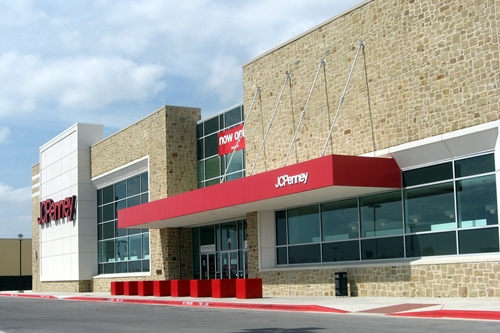Bringing Order Fulfillment to the Brick-and-Mortar Store
Online order fulfillment has always been a challenge for large retailers, but in an era when every online seller is trying to cut costs and customer expectations have never been higher, it has become a paramount problem. Many merchants encounter issues with turning purchases around quickly, or if they do get orders out the door in a timely fashion, they often feel they are spending too much money to do so and that hurts their margins.
Decentralizing Fulfillment
In years past, retailers have relied on regional warehouses to fulfill online orders. However many have found this method to be either too costly or too slow to keep up with customer demands.
In order to get orders to customers quickly, retailers need to have a number of regional distribution centers – simply having one per coast is not enough, unless their customers are content with waiting upward of five or more days for a purchase to arrive. Think of it this way – if an order originates from Minnesota, and merchants have warehouses in Pennsylvania and California, there is no way to get that purchase to customers in a prompt way without exorbitant cost.
The obvious solution is to open more warehouses and extend the merchant’s physical footprint. By opening another warehouse in Colorado or Michigan, it would take fewer days to get the order to the customer in Minnesota. However, opening a new warehouse is not always a viable solution, especially without enough demand from a specific region to warrant the cost and resources. So, what is a merchant to do in this situation?
Why brick-and-mortars may be order fulfillment’s best friend
One possible solution is to shift some of the order fulfillment load to brick-and-mortar stores. In essence, this gives merchants a huge network of fulfillment centers, increasing the number from one or only a handful in some instances to dozens or even hundreds. That same customer in Minnesota can receive an order in a matter of two days or less if it is shipped from a store down the street instead of from a regional warehouse located multiple states away. Jerry Storch, CEO of Hudson Bay Co., recently stated at the Store 2015 conference in Toronto that shipping a single item to a consumer’s home is 30 to 40 times higher than the per-item cost for shipping inventory to stores. “Direct-to-home delivery is one of the most inefficient, and not green, economic models in the history of the world.”
Granted, in-store fulfillment comes with its own set of challenges. For one, store associates are not always the most experienced pickers and packers, since they are not typically responsible for these tasks. This means it may take longer to fulfill a single order than if it were sent from a warehouse, and special attention must be made to quality control and confirming that the correct items have been packed. Additionally, time spent fulfilling orders may negatively impact the in-store shopping experience unless retailers hire more hands specifically for in-store order fulfillment purposes.
In-store fulfillment is also heavily dependent on a robust solutions for order fulfillment and inventory management. Retail management software can use routing logic to determine the best store from which to fulfill an order, and can keep inventory updates across many channels to prevent misallocation or out-of-stocks.
Getting customers into the store
Retailers that opt to leverage in-store fulfillment will enjoy another huge benefit: they can begin fulfilling online orders in-store and offer customers the option to pick them up. This may save retailers some money as they do not need to process and ship the package and it also allows customers to pick up the order on the same day instead of having to wait for it. It also brings important foot traffic into the store. Customers picking up online orders will have the chance to interact with the brand in-person, and store associates have the opportunity to sell more items to the customer.


